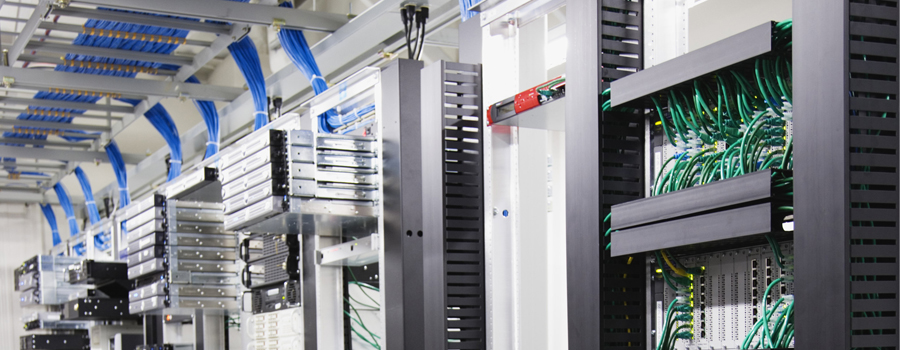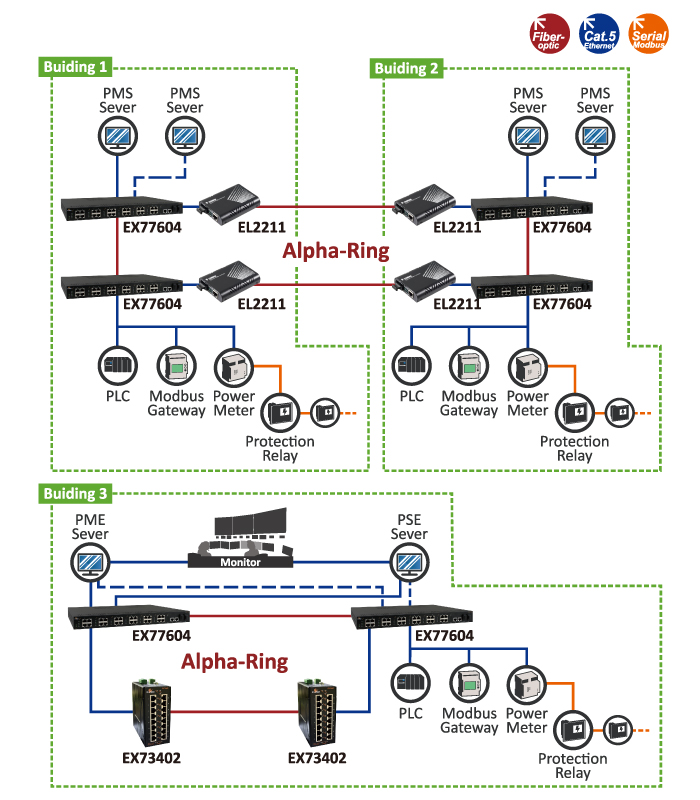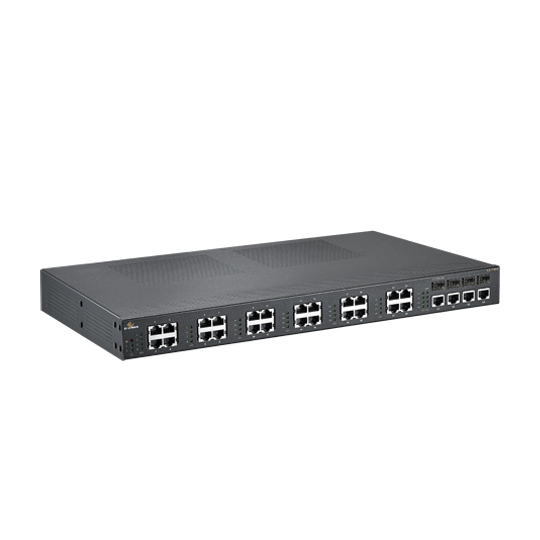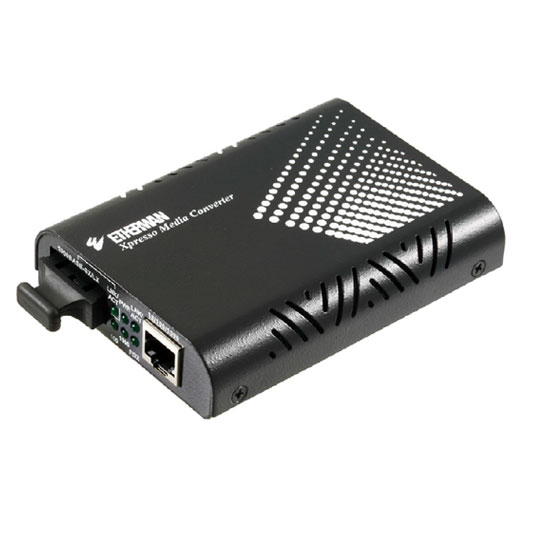Optimized Energy Power Management for Network Data Centers

Innovations in Modern Data Centers
Data centers of varying sizes power and sustain the modern-day. Tier 4 data centers are warehouse-sized and host thousands of machines. The power requirements of these data centers are enormous. The attempt to achieve optimal Power Usage Effectiveness (PUE) must consider the necessity for continuous and reliable power and the potential cost of downtime due to possible outages. In recent years, Power Management Systems (PMS) have enabled access to real-time temperature and power status information and the capacity to make changes throughout the facility.
A global content provider was constructing a massive new data center in Taiwan and wanted to use a sophisticated PMS to maximize energy economy and reliability. The system will manage primary and backup power sources across three buildings in a massive data center complex. The firm chose EtherWAN for the networking infrastructure that would support this critical system.
Critical Network Communication Challenges
The Supervisory Control and Data Acquisition (SCADA) system at the PMS application on the lower level allows real-time monitoring of a broad array of serial power meters and PLCs and instantly acts when a warning message is received. PMS and Open Platform Communication (OPC) servers employ Modbus TCP and SNMP at the highest level to monitor power meters and the status of all Ethernet switches. Reliable communication is critical for this system. Hence, a hardened-grade solution with trustworthy network redundancy is crucial.
Application Requirements
- Robust network redundancy with minimal failover time
- Support for SNMP protocol
- With the Link Fault Pass Through feature on media converters
Power Demands and Solution Reliability
There are three independent buildings in the data center complex. The two larger buildings each include 15 EX77000 hardened managed gigabit Ethernet switches linked by Category 5e copper cables. Each switch links to a series of PLCs, which continuously feed temperature and device data back to the OPC servers while simultaneously transferring commands from the servers to the PLCs. The EX77000 is hardened grade and has a strong tolerance to electromagnetic interference, reducing the risk of device failure due to external conditions. Two fiber optic cable links connect the buildings and create a big Alpha-ring, which is supported by two EL2211 Series 10/100/1000BASE-TX to 1000BASE-SX/LX/BX media converters.
Since the media converters allow connection Fault Pass Through (LFPT), any failure in a copper connection causes a fail status to be transferred over, disabling the fiber and copper links on the other end. This stops the linked switches from transmitting lost packets and allows the Alpha-ring to rapidly (in less than 15 milliseconds) activate the protocol-blocked port, restoring the connection and enabling data flow to resume.
A combination of nine EX77604 and EX73402 managed Ethernet switches are linked to PLCs and organized in an Alpha-ring in the third, smaller building. They are suitable for continuous operation at extreme temperatures and are ISA12.12.01 Class I, Division 2 approved, making them suitable in harsh conditions.

Network Resilience for Power Efficiency
In massive data centers, power is a crucial and capacity-limiting resource. Facility-wide power monitoring and management systems are necessary to enhance efficiency and power planning. Not only can these systems increase disaster protection and response capabilities, but they also give specific power analytics, allowing a company to optimize data center operations and PUE. This type of PMS necessitates maximum network availability in hardware and networking software. EtherWAN's unique redundancy protocols and technical competence in large-scale projects equip the firm to meet the needs of data center facility networks.
Related products:
EtherWAN – " When Connectivity is Crucial "
► For more information, please contact: info@etherwan.com.tw








